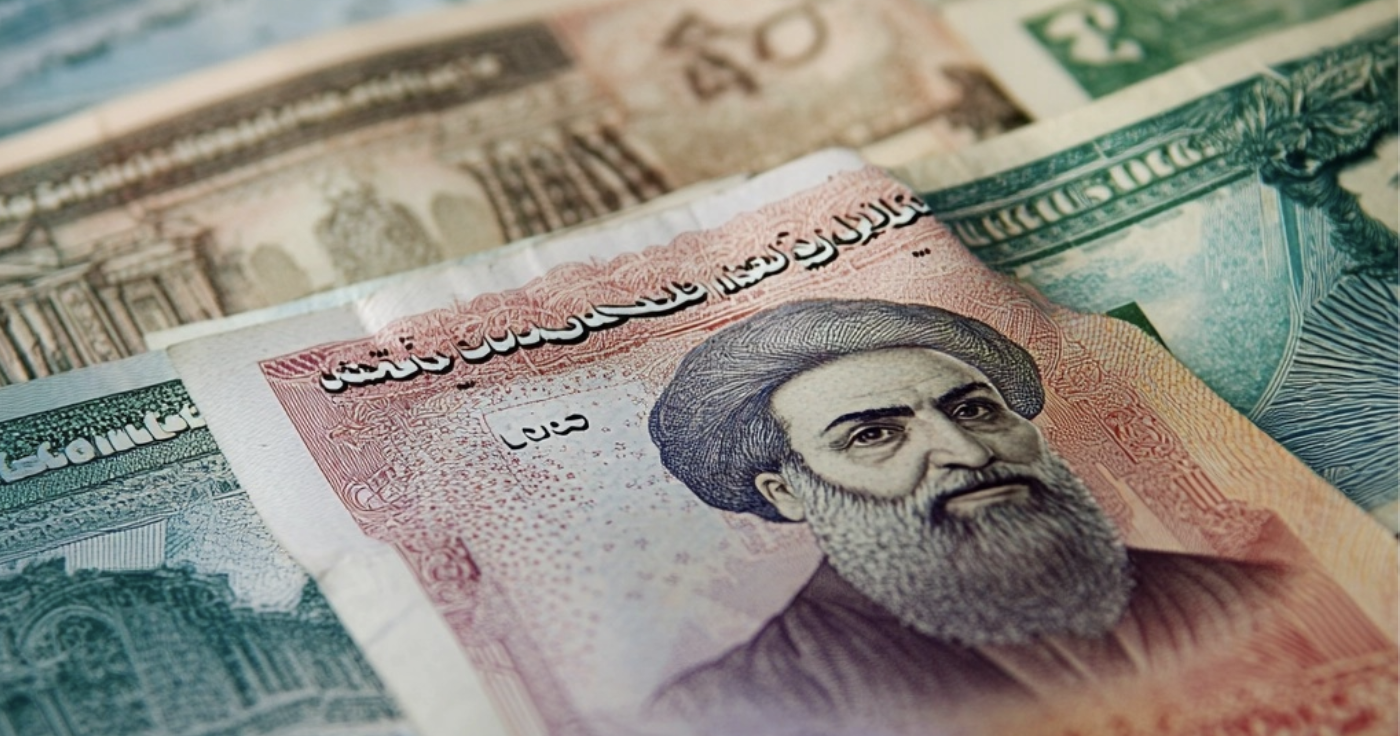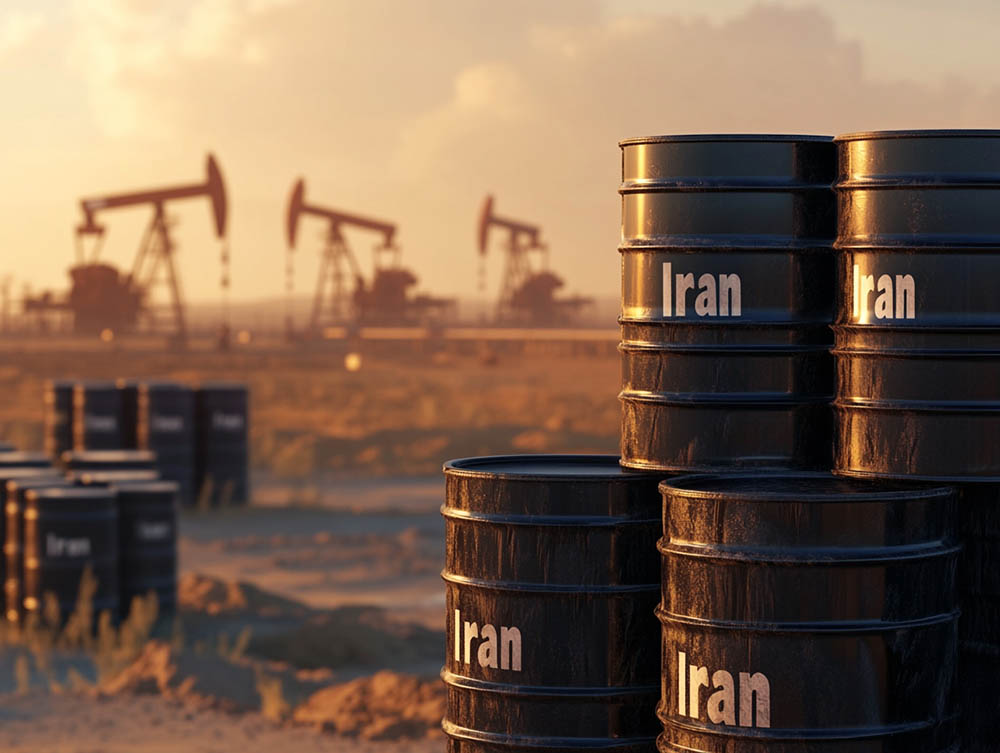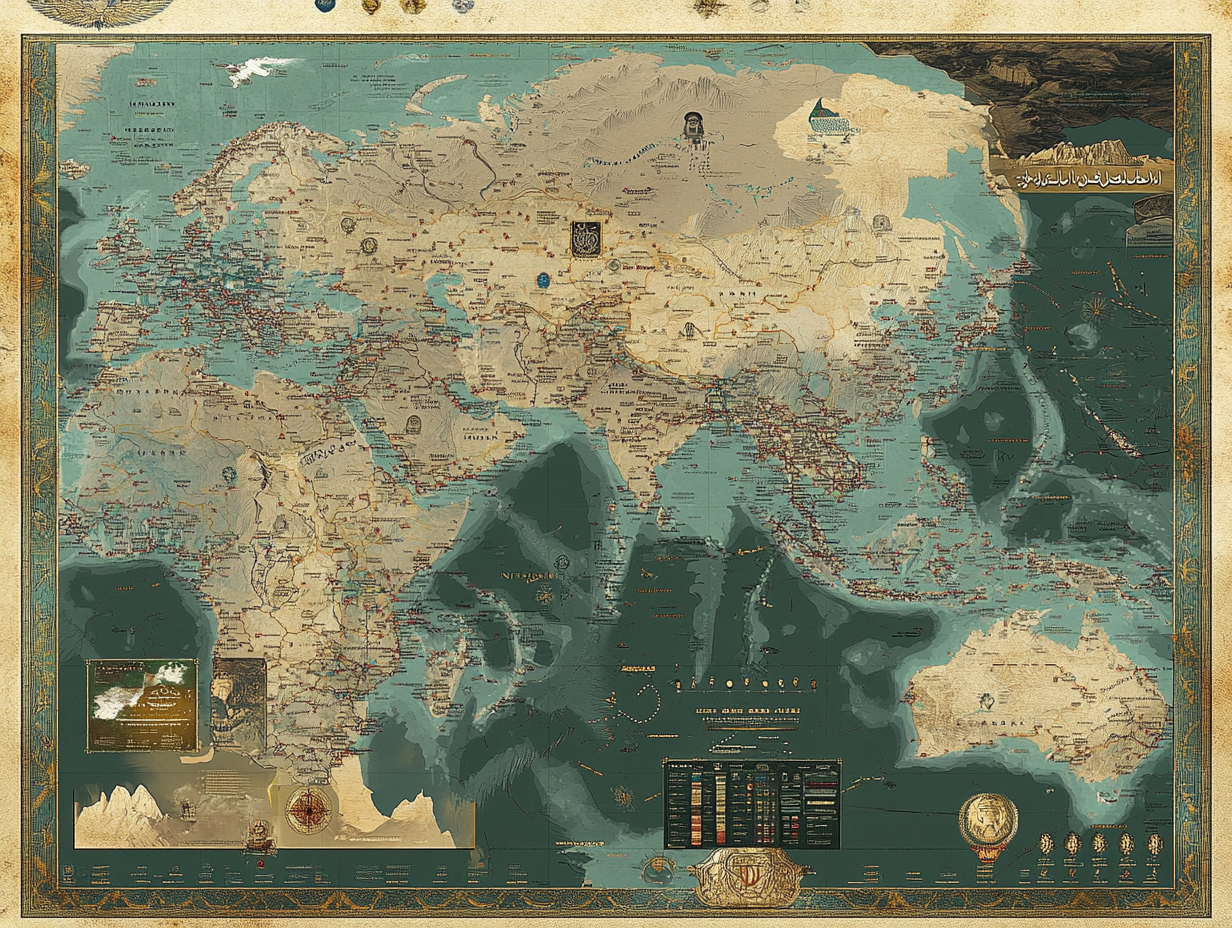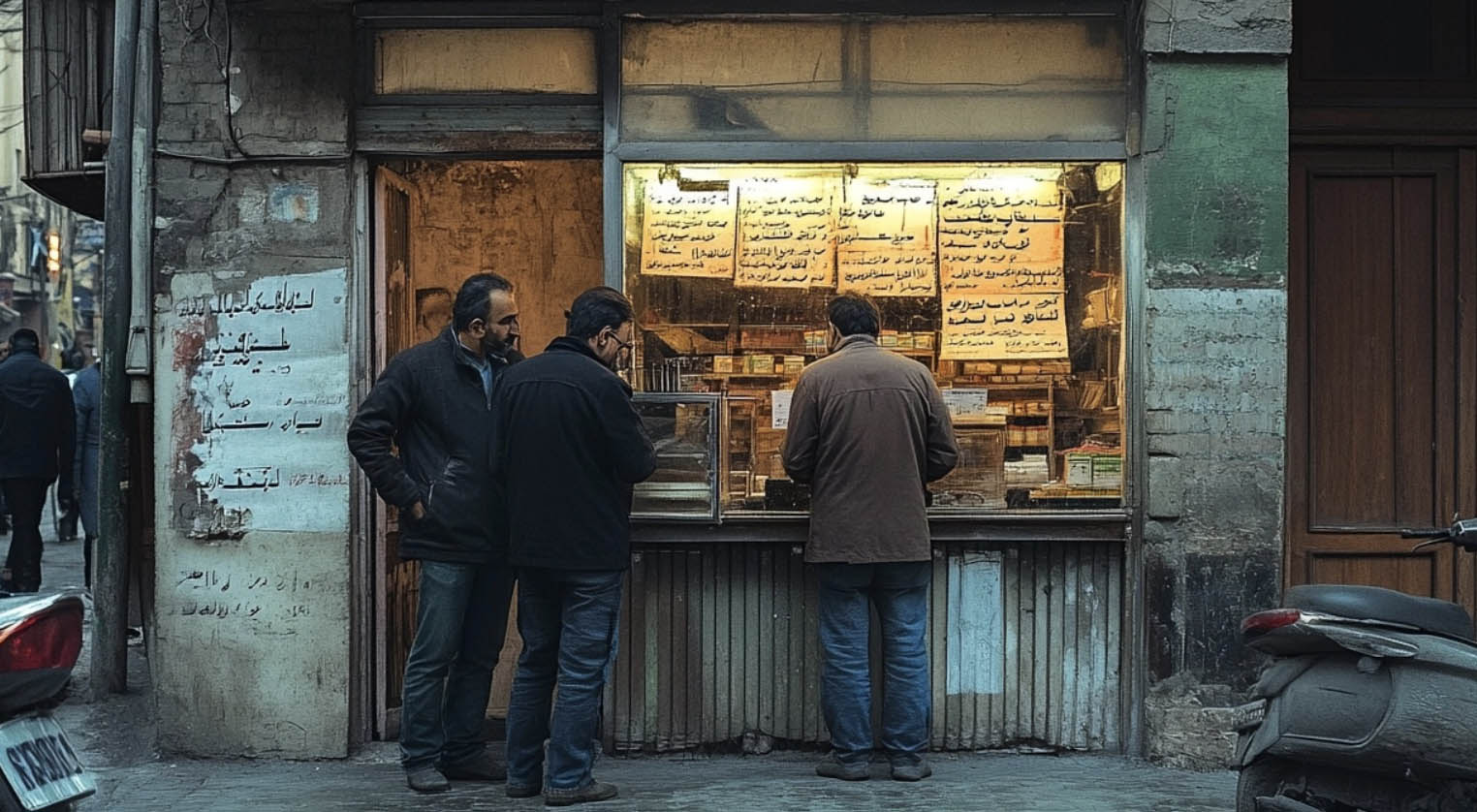
The Iranian Rial (IRR) is the official currency of Iran, and its value has been subject to significant fluctuations over the past few decades due to various economic and geopolitical factors. As a result, the Forex rate of the Iranian Rial plays a crucial role in international trade, investment, and the Forex market. Understanding the dynamics behind the Rial's exchange rate can provide traders with insights into the factors that influence its value, as well as the challenges and opportunities of trading the IRR on the global Forex market.
In this article, we will explore the key factors that impact the Forex rate of the Iranian Rial, provide a comparative analysis of its exchange rates, and offer an overview of the benefits and risks of trading the IRR in Forex markets.
Overview of the Iranian Rial (IRR)
The Iranian Rial (IRR) has been the official currency of Iran since 1932. It is subdivided into 100 dinars, although due to the Rial’s low value, dinars are no longer used in everyday transactions. The Rial has long struggled with devaluation, hyperinflation, and economic sanctions imposed by international governments.
As a result of economic isolation and the lack of a free-floating exchange rate, the Rial is controlled by Iran's central bank, the Central Bank of the Islamic Republic of Iran (CBI). Officially, there is a government-set rate, but in reality, there are multiple exchange rates, including a black-market rate, that reflect the true market value of the currency.

Factors Influencing the Forex Rate of the Iranian Rial
Several key factors influence the Forex rate of the Iranian Rial. These factors impact both the official and unofficial exchange rates, creating challenges for traders and businesses alike.
1. Economic Sanctions
One of the most significant factors affecting the value of the Iranian Rial is the economic sanctions imposed by countries like the United States and European nations. These sanctions limit Iran's ability to trade freely on international markets, reducing its access to foreign currencies and diminishing the value of the Rial. Sanctions also make it difficult for foreign businesses to trade with Iran, further weakening demand for the currency.
2. Oil Exports
Iran is one of the largest oil producers in the world, and its economy is heavily reliant on oil exports. The value of the Iranian Rial is closely tied to oil prices; when oil prices rise, the Rial often gains value due to increased foreign exchange inflows. Conversely, when oil prices fall, the demand for Rials drops, leading to depreciation.

3. Inflation
Iran has faced persistent inflation for many years, which has eroded the purchasing power of the Rial. Inflation is driven by factors such as government policies, economic instability, and limited access to foreign markets. High inflation rates cause the currency to lose value, making it less attractive to international investors and traders.
4. Political Stability
Iran's political climate has a direct impact on the Forex rate of the Rial. Political instability, changes in government, or conflicts in the region can create uncertainty, which often leads to fluctuations in the value of the Rial. Traders and investors typically view geopolitical risks as negative for the currency, which can lead to further devaluation.
5. Central Bank Policies
The Central Bank of Iran (CBI) plays a major role in controlling the official Forex rate of the Rial. The CBI uses foreign currency reserves to stabilize the currency, implementing measures such as fixed exchange rates or pegging the Rial to other currencies. However, these measures often create a disparity between the official rate and the market rate, resulting in challenges for Forex traders.
Forex Rates: Official vs. Unofficial Market Rates
One of the unique aspects of trading the Iranian Rial is the presence of both official exchange rates and unofficial market rates. The government of Iran sets an official exchange rate, but due to limited access to foreign currency and high demand, a parallel black market has developed, where the Rial trades at a much lower value.
Official vs. Unofficial Rial Exchange Rates
| Rate Type | Official Exchange Rate | Unofficial (Black Market) Rate |
|---|---|---|
| Control | Set by the Central Bank of Iran (CBI) | Determined by market supply and demand |
| Access | Used for government and official purposes | Used by businesses and individuals |
| Value | Higher (Overvalued compared to market) | Lower (Reflects real market value) |
| Stability | More stable due to government control | Highly volatile, fluctuates based on external factors |
| Impact on Traders | Limited trading opportunities | More opportunities, but high risk |
| Use Cases | Import/export businesses, government transactions | Common in everyday trade and transactions |
The Benefits and Risks of Trading the Iranian Rial
Benefits of Trading the IRR
- High Volatility: Due to the Rial’s fluctuating value, Forex traders can potentially profit from significant price movements. High volatility often provides short-term trading opportunities, especially for experienced traders.
- Emerging Market Currency: The Rial is part of an emerging market, which can offer higher returns compared to more stable currencies. Emerging market currencies like the Rial can diversify a trader's portfolio.
- Oil Price Correlation: Traders who have insights into the oil market can use the strong correlation between oil prices and the Rial’s value to predict price movements, providing an edge in the market.
Risks of Trading the IRR
- Geopolitical Risk: Iran's geopolitical instability and its strained relations with Western nations make the Rial a risky currency to trade. Political events can lead to sudden and drastic changes in the currency's value.
- Regulatory Challenges: Due to international sanctions, some brokers do not offer the IRR as a trading pair. Additionally, the lack of transparency in Iran's financial system poses risks for traders.
- Liquidity Issues: The IRR is not a widely traded currency on the Forex market, which can lead to liquidity problems. Low liquidity can result in larger spreads and increased trading costs.
- Exchange Rate Discrepancies: The presence of multiple exchange rates makes it difficult to trade the Rial at a consistent value. Traders must navigate the differences between official and unofficial rates, which can be confusing and risky.
Conclusion
The Forex rate of the Iranian Rial is influenced by a wide range of factors, including economic sanctions, oil prices, inflation, and political stability. Traders who are interested in trading the IRR must be aware of the challenges posed by the currency's volatility, the existence of multiple exchange rates, and geopolitical risks. However, for those who understand these dynamics, trading the Iranian Rial can provide significant opportunities.
Before trading the IRR, it's essential to research the factors that influence its value, work with a reliable broker, and stay updated on economic and political developments in Iran. While the risks are high, the potential rewards can be equally substantial for traders who navigate the market effectively.


